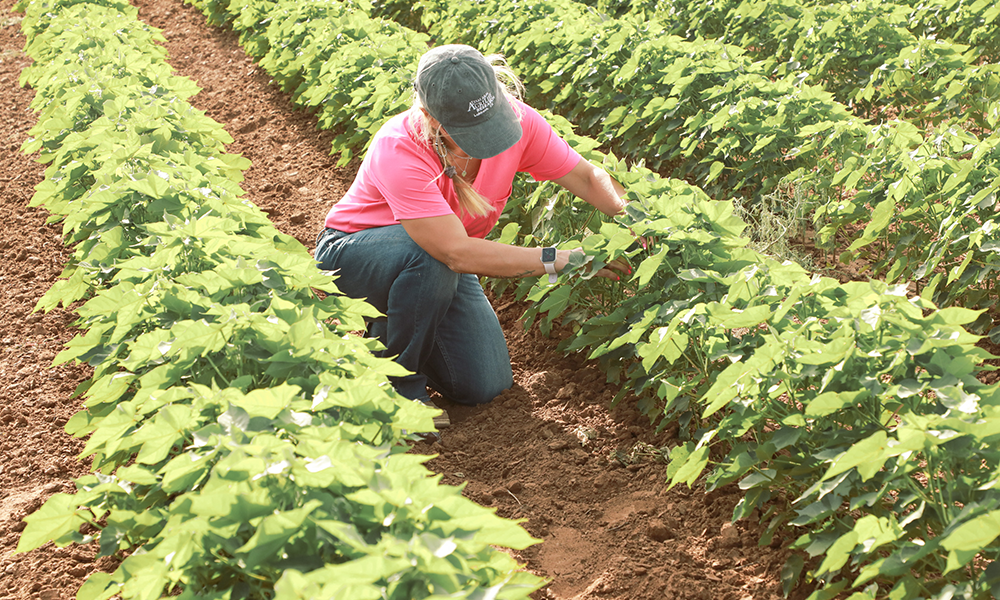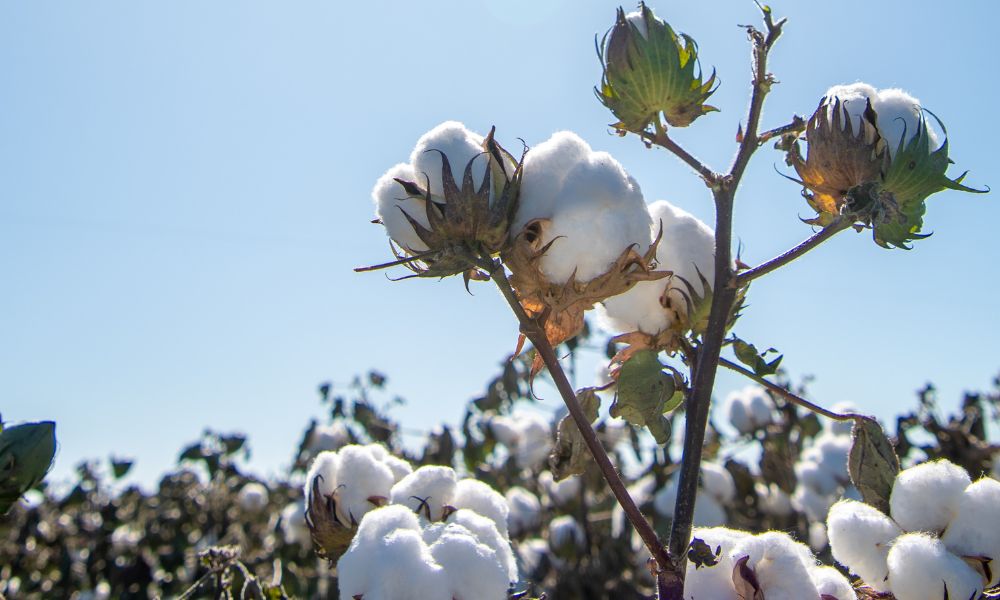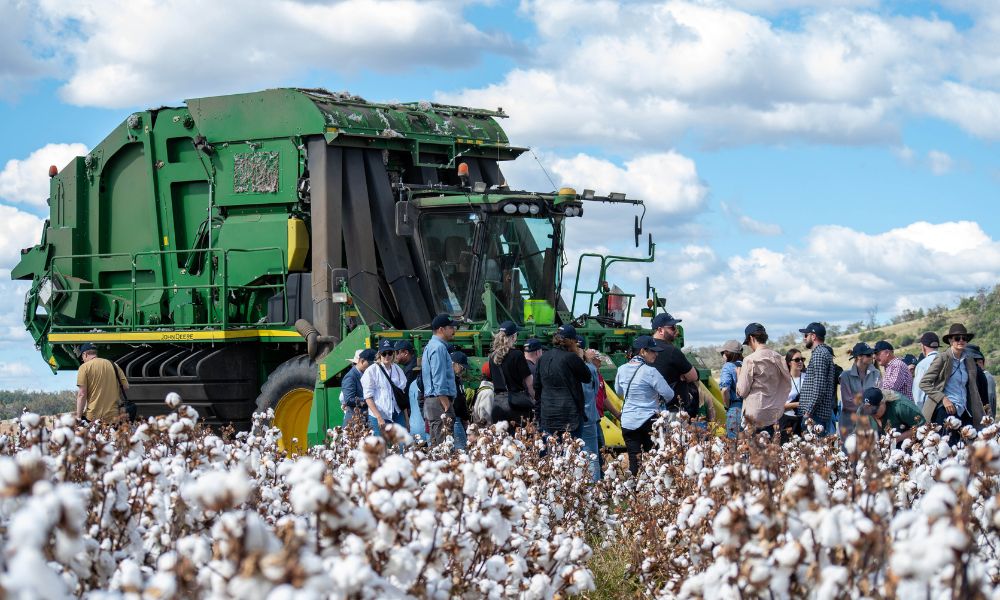The Beltwide Cotton Conference Hosts First Cotton Sustainability Conference
February 5, 2021
Researchers, retailers and growers discussed cotton’s role in fighting climate change over three days of presentations
For the first time in its 86-year history, the annual Beltwide Cotton Conference dedicated an entire subconference specifically to cotton sustainability. While sustainability, continuous improvement and responsible production have been research and discussion topics for decades, this year cotton processors, scientists, extension personnel, agribusiness representatives, NGOs, sustainability experts and growers discussed how sustainability practices can help the industry make an impact on global climate change initiatives.
The Cotton Sustainability Conference featured leading cotton sustainability experts and cotton growers presenting on sustainability topics ranging from soil health to cotton’s role in a future circular economy, including recent updates on the U.S. Cotton Trust Protocol.
- Day One: Soil Health for Sustainability
The first day of the Cotton Sustainability Conference focused mainly on soil health because of its dual potential to mitigate climate change while benefiting cotton production. Healthy soil contains up to three times the amount of carbon in the atmosphere. So by improving soil health, growers can produce higher quality cotton while helping the U.S. cotton industry meet their 10-year sustainability goals.
Dr. Christine Morgan, chief scientific officer at the Soil Health Institute, discussed how soil health helps reduce greenhouse gas emissions in cotton production while increasing grower profitability by keeping soil and nutrients in the field and increasing soil water retention. Researchers from Arkansas State, University of Arkansas, University of Tennessee and Texas Tech discussed various conservation management practices’ impact on soil health, including building microbial diversity, reducing sediment losses and using smart technology for precision fertilization.
The conference also included a panel discussion of leading cotton growers from Texas, Louisiana and Georgia who discussed their experiences employing soil health practices like no-till and cover cropping.
Read Cotton LEADS’s take on cotton water management and soil health to learn more sustainability practices in these areas.
- Day Two: The U.S. Cotton Trust Protocol and Consumer Demand for Sustainable Fibers
During second day of the conference, Dr. Gary Adams, president of the National Cotton Council, outlined recent updates to the U.S. Cotton Trust Protocol, including progress to date. According to his presentation, the protocol currently includes:
- 550 producers
- 20 merchandizers
- 80 mills (with 70 in process)
- 9 brands/retails (10 more in process)
Adams noted that their efforts will not only improve cotton sustainability efforts, but also bring much needed transparency to the cotton supply chain. A panel discussion on sustainable fibers highlighted the consumer demand for increased cotton farming sustainability and sustainable product lifecycles. Most of the day’s presenters represented the industry and NGO side of cotton production, including the National Cotton Council, Textile Exchange, Control Union, and the Better Cotton Initiative.
To learn more about the apparel industry’s role in reducing GHG emissions,watch our webinar on cotton and reaching net zero emissions in the apparel industry.
- Day Three: Cotton and the Circular Economy
The third day of the Cotton Sustainability Conference focused on the potential of a cotton circular economy. Dr. Jim Jones from the University of Florida discussed immediate steps to create circular systems (including precision agriculture and soil health building practices), and detailed research on potential new processes, sources of fertilizer and fully autonomous robotic harvesting.
Sophie Chalumeau, sustainability consultant at Quantis, presented research on synthetic apparel’s contributions to plastic leakage, and researchers from the University of Georgia, Texas A&M and University of Arkansas presented methods for cotton growers to quantify their GHG output using the Fieldprint Calculator and reduce GHG emissions through cover cropping, no-till and innovative irrigation techniques.
Read more about robotics’ potential in cotton production or new cotton circularity resources on the Cotton LEADS blog.
Cotton Incorporated helped organize the Cotton Sustainability Conference—along with the National Cotton Council, the U.S. Cotton Trust Protocol, and the University of Tennessee—to share research and best practices on cotton sustainability at all levels of the industry.
The work we do is possible because of collaborations with researchers like these and partnerships with people all throughout the value chain. Ready to commit to sustainably produced cotton? Become a Cotton LEADS℠partner today. Interested in doing even more? Contact us for ideas to get the most out of sustainable cotton and your partnership with Cotton LEADS.














Recent Comments